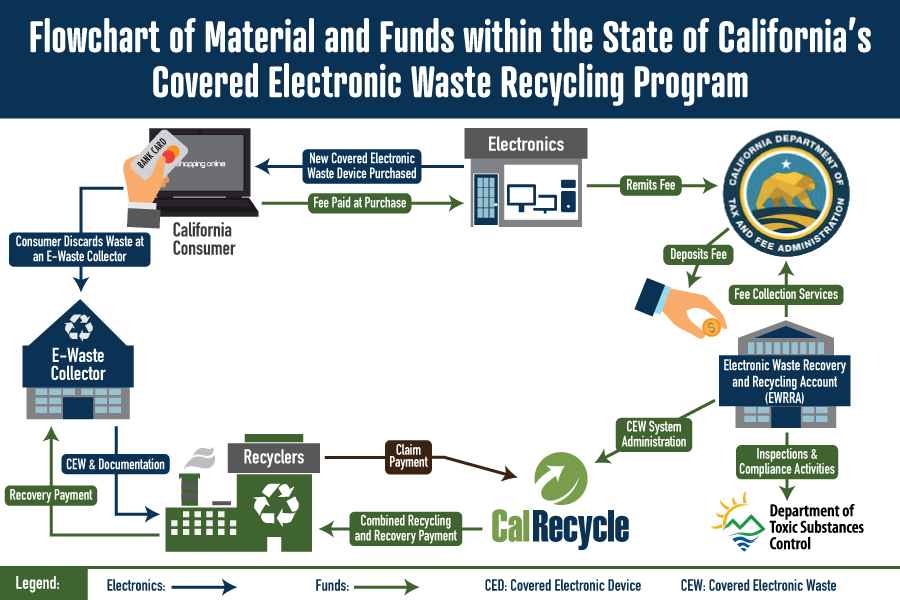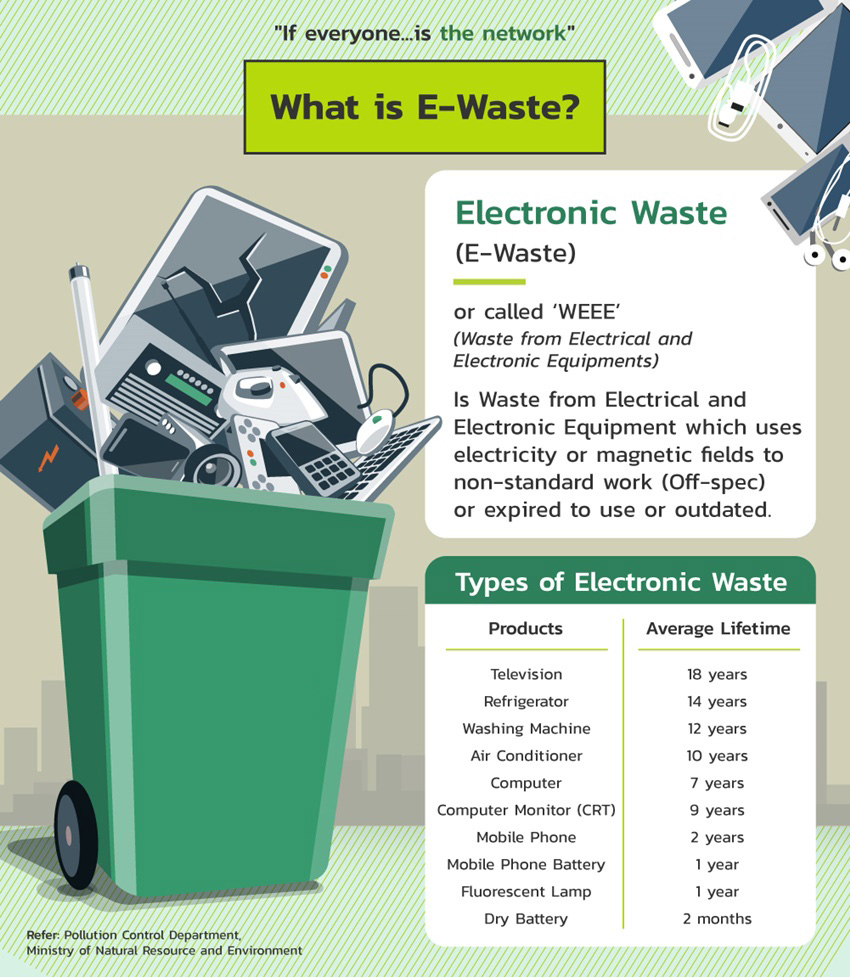Fascination About Recycling Lives Services
Table of Contents7 Simple Techniques For Recycling Lives ServicesNot known Facts About Recycling Lives ServicesNot known Details About Recycling Lives Services What Does Recycling Lives Services Do?Excitement About Recycling Lives ServicesHow Recycling Lives Services can Save You Time, Stress, and Money.

E-waste recycling is a lot more complex than standard waste recycling. Generally, the initial step of the recycling process is manual sorting. Once e-waste is gathered and delivered to the reusing facilities, workers arrange the e-waste right into classifications according to their kinds and models. After that, all electronic tools will certainly be examined, and of which the parts that are still functional will be extracted to be reused; they can either be offered as private components or be combined to develop a brand-new phone or computer.
Right here, e-waste is tossed into a substantial device and is shredded right into little items, yet before that, it should first experience a procedure called de-manufacturing, which describes the activity of dismantling a product right into elements. https://hub.docker.com/u/rcyclng1vssvc?_gl=1*1mjy12g*_ga*MTYyNzY2NjM1MC4xNzI3NDU3MTg5*_ga_XJWPQMJYHQ*MTcyNzQ1NzE4OS4xLjEuMTcyNzQ1NzcxMi4zNy4wLjA.. This procedure is to remove all the potentially hazardous materials in electronic gadgets that will certainly ruin the equipment or infect the environment once disposed into landfills
Our Recycling Lives Services Statements

Next, the waste is more separated with water. At this phase, almost everything leftover are non-magnetic materials; they will certainly undergo one more maker full of water, where materials with a low relative thickness, primarily plastic, will stream, while various other materials, like glass, will sink. Finally, before recycled materials are offered, is to check if there are any kind of staying important materials stuck to the plastic.
About Recycling Lives Services
Recycling e-waste not only stops hazardous materials from entering our bodies and right into the setting, yet the procedure additionally reduces the unsafe environmental effects developed by the extraction and mining of virgin materials. Besides, the possible economic benefits that can be stemmed from this market are substantial. The thrown out e-waste in 2019 alone was worth greater than US$ 57 billion.
Computer systems and digital tools are made from numerous types of plastic, steel, glass and valuable metals. Our goal when reusing electronic devices is to divide the different materials from each other. The "product" we generate from reusing is tidy apart streams of recycled plastic, iron, steel, copper, light weight aluminum, glass and precious metals.
2-1/2 minute video clip shows electronics being reused at a SLS center. The client reports we are able to generate depends on how tools is taken care of prior to being reused.
The Buzz on Recycling Lives Services
Our major reusing websites are outfitted with automated commercial shredders, conveyor systems and arranging tools. This initial step prepares the e-waste to begin the process of separating plastic parts from steel, copper, aluminum, glass and other products.
After shredding, the conveyor belts press the e-waste with magnets, eddy currents, infrared electronic cameras and air jets. These innovations arrange out various product types and separate arranged material from the e-waste stream.
Some Known Factual Statements About Recycling Lives Services
Dividing Iron and Steel from e-Waste After shredding, conveyor belts move the shredded computers and e-waste under a powerful magnet, which divides iron and steel from the shredded e-waste (recycling lives services waste electronics). The steel and iron are collected in pallet sized bags and planned for browse around this site sale as reused commodity materials. Dividing Aluminum, Copper and Motherboard from e-Waste After passing under the magnet, the e-waste continues to relocate through the conveyor belts through extra mechanical separators
An aesthetic inspection and hand sorting enhances the top quality of the drawn out materials. The apart streams of aluminum, copper, and motherboard are gathered in pallet sized bags and planned for sale as reused asset products. Advantages of Recycling Recycling vs - https://www.indiegogo.com/individuals/38090962. Virgin Product The apart commodities are made use of to make following generation items
Utilizing recycled material in the production of brand-new products has benefits that go much past product reuse. It minimizes air pollution and carbon exhausts, lowers energy and water consumption and keeps helpful materials out of land fills. As each asset is divided from the e-waste stream, the product is gathered in pallet sacks or large cardboard boxes and shipped to another cpu or straight to a maker.
5 Easy Facts About Recycling Lives Services Shown
It minimizes air pollution and carbon emissions, minimizes power and water consumption and maintains useful products out of landfills. SLS is at the forefront of establishing ingenious e-waste recycling remedies.
Consumers can get fewer things while reusing and recycling much more. Governments can develop e-waste administration systems to accumulate and recycle, extracting in a secure way some of the estimated $62.5 billion of value from thrown out materials. Companies can develop items developed to last, not to be replaced, and to be reused.